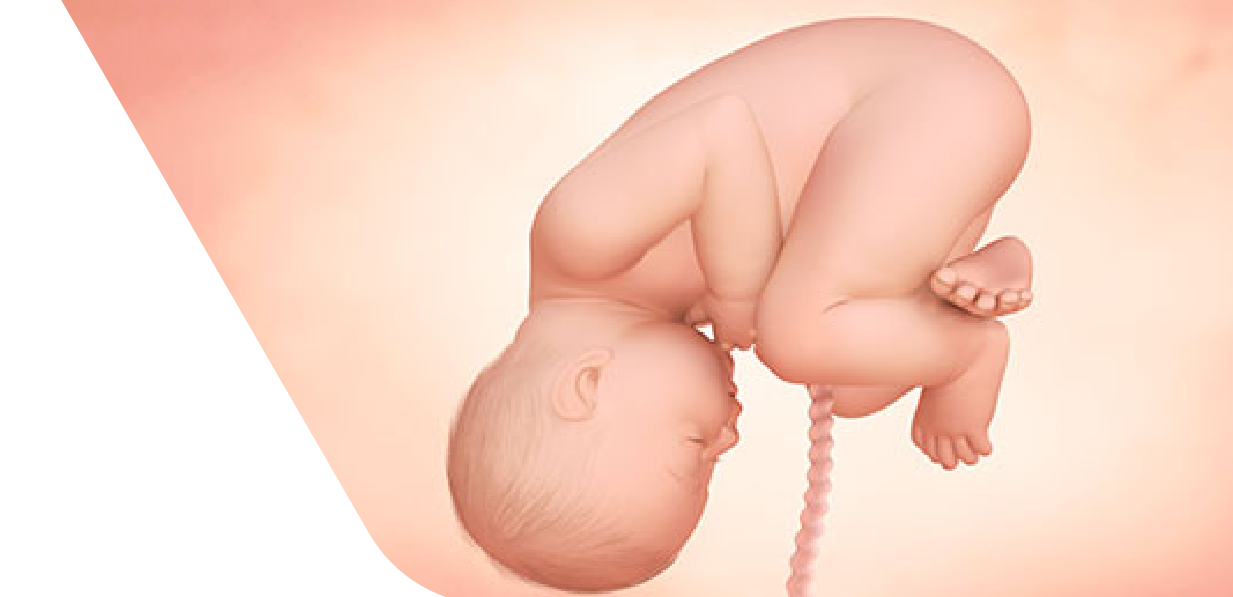Mom’s Tip of the Week 39
Did you know ... ?
Your water might not break. At 39 weeks pregnant, with your baby's birth just around the corner, you need to know what to expect. Not every woman experiences this rupture of the amniotic sac. (If you have other signs of labor, or if you are past your due date and it has not occurred, the doctor may break it for you to get things going.) If the sac does break, the amniotic fluid is more likely to come out as a trickle or small gush than the flood that you may be imagining. If you haven’t already, talk to your doctor about prelabor symptoms—and what to do if you think your water has broken.
Your Baby at 39 Weeks Pregnant
What’s Happening in There
- Your baby at 39 weeks likely weighs about6 ½ to 9 pounds and measures about 20 to 22 inches from head to toe.
- His umbilical cord needs monitoring. The umbilical cord, which has been nourishing your little one by carrying nutrients from the placenta, can become wrapped around your baby’s neck; after all, it’s now nearly two feet long. While this generally is not cause for great concern, your doctor might suggest a C-section if the cord’s position is affecting your baby’s vitals.
- His immune system is hard at work. Your baby at 39 weeks is making use of the antibodies you’ve been sharing with him (through the placenta), which will help him fight infection for up to 12 months after birth. Still, once he’s born, you can’t rely on that protection to keep him well—everyone should wash their hands thoroughly before handling your baby.
Baby Brain Waves
Your Baby’s Brain Is Developing
Though, at 39 weeks pregnant, your baby is technically ready for his debut, his brain continues to develop at an astounding rate. In the last nine weeks of pregnancy, his brain weight doubles. And after birth, brain development continues at a rapid pace. In fact, your little one’s brain grows to about 85 percent of adult size by age 3. That’s why nutrition with brain-nourishing docosahexaenoic acid (DHA) is important—either through your breast milk or infant formula with clinically proven levels of DHA (accounting for at least 0.2% of total fatty acids in the formula).
More Info You Might Find Helpful








